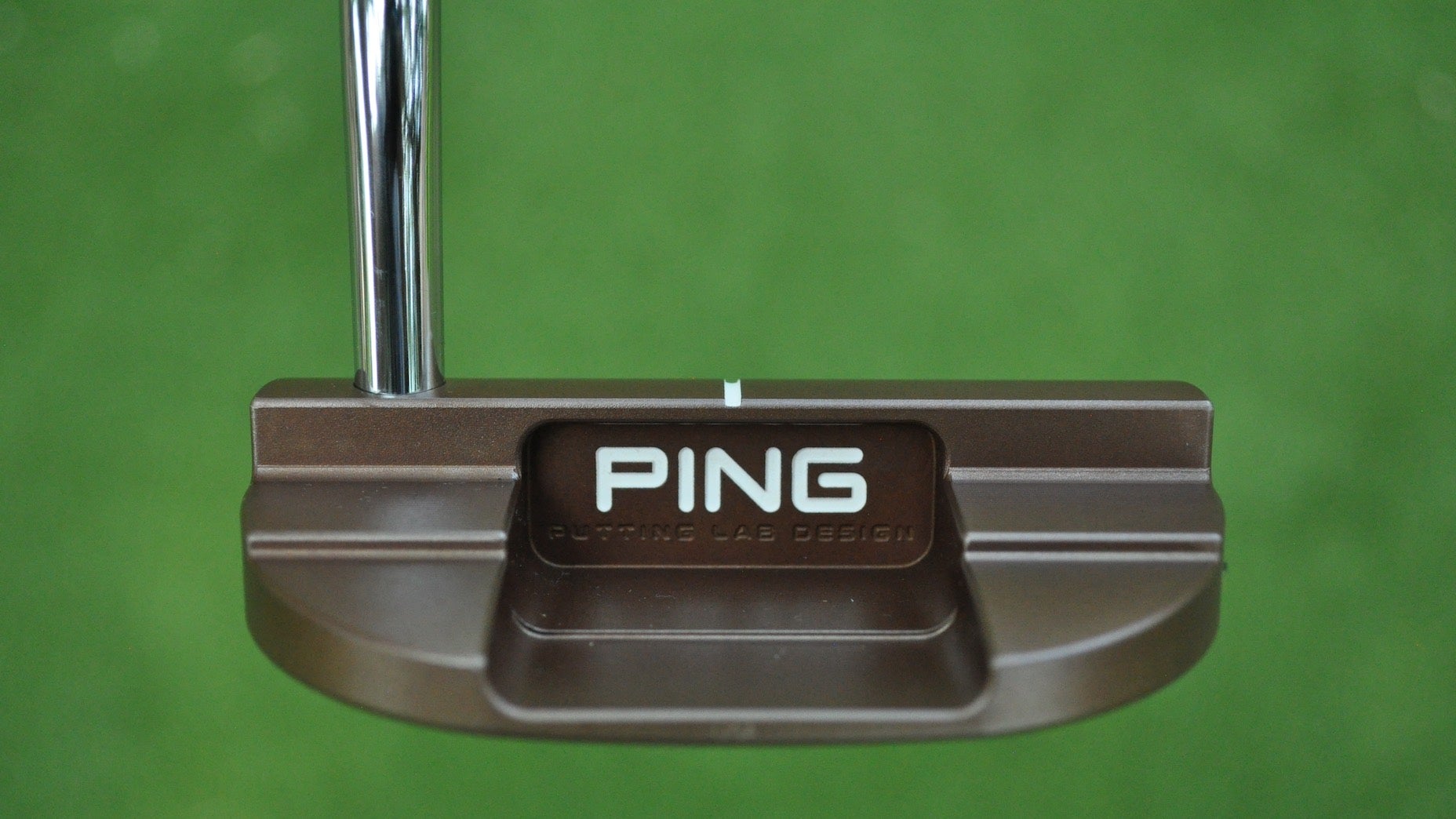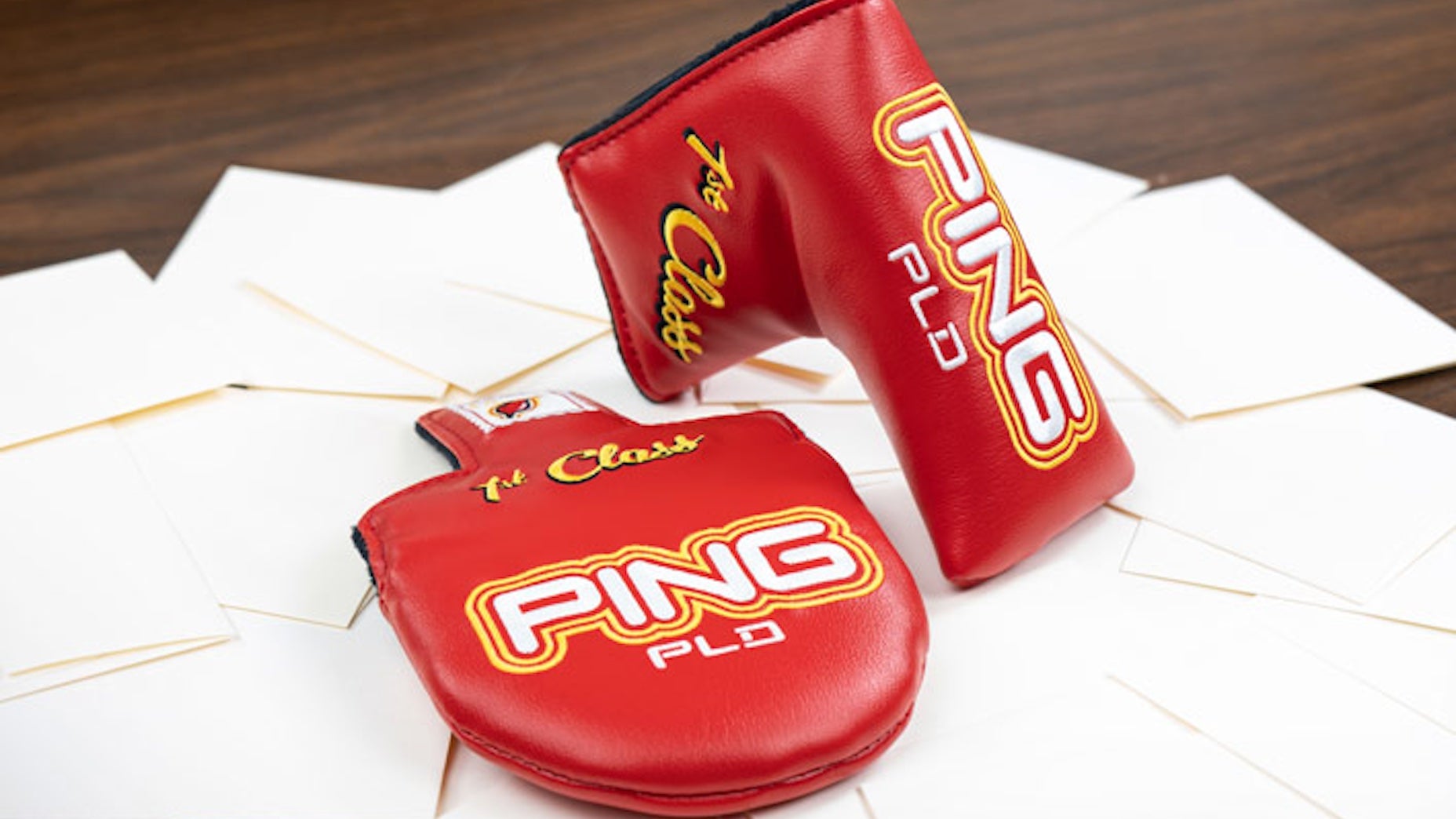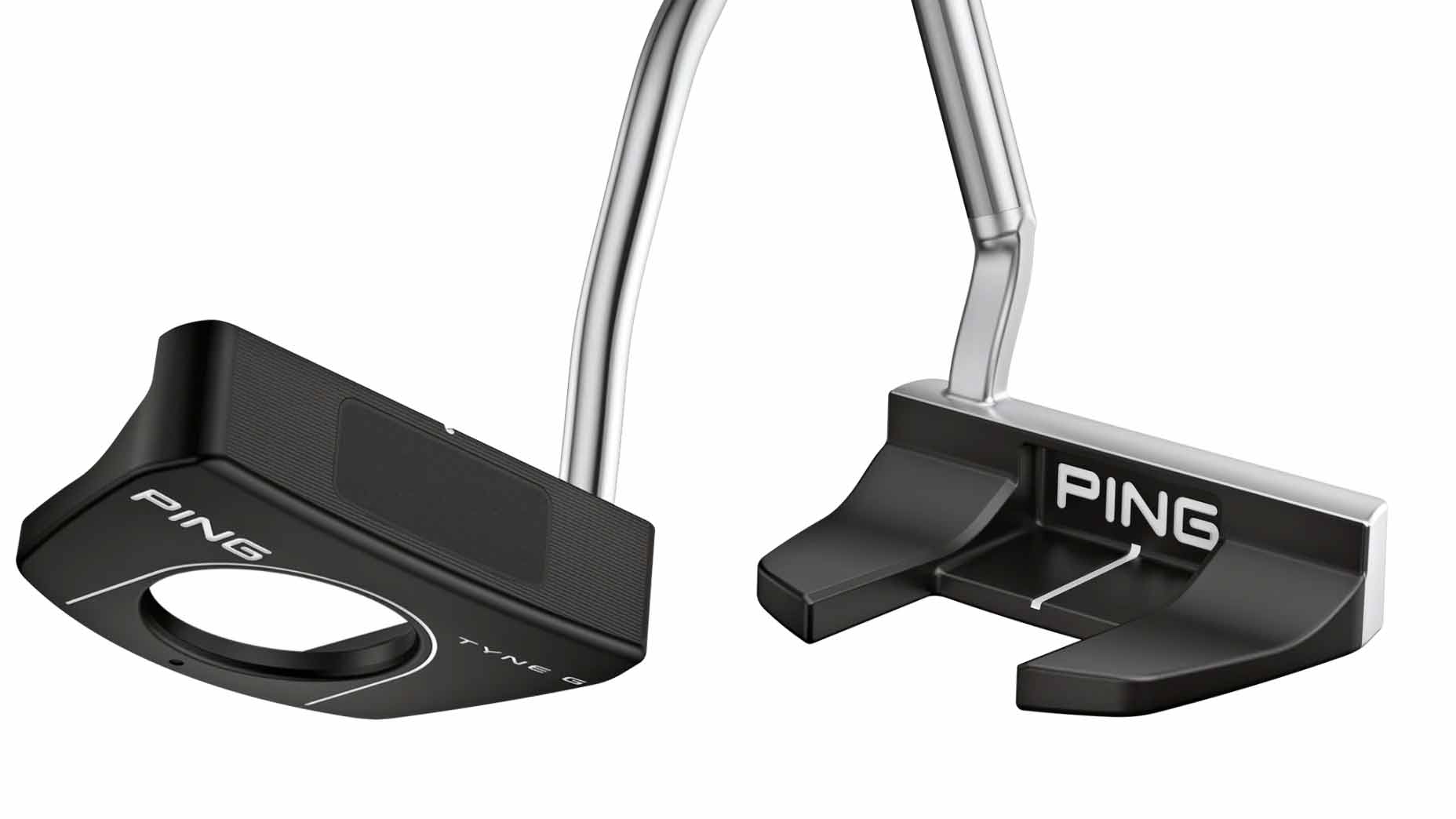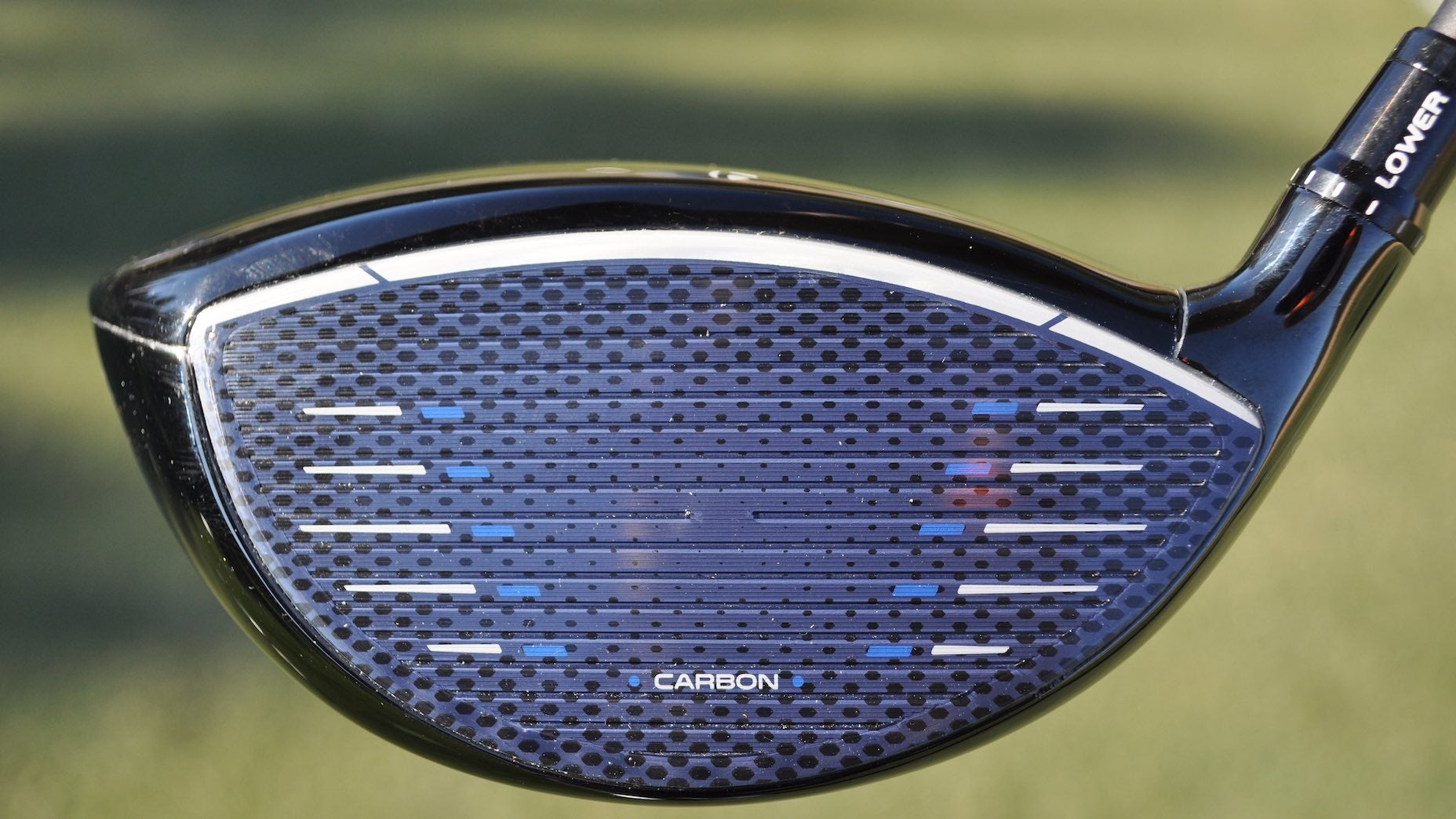Wall-to-Wall Equipment: Putter change has Justin Thomas primed for PGA Championship
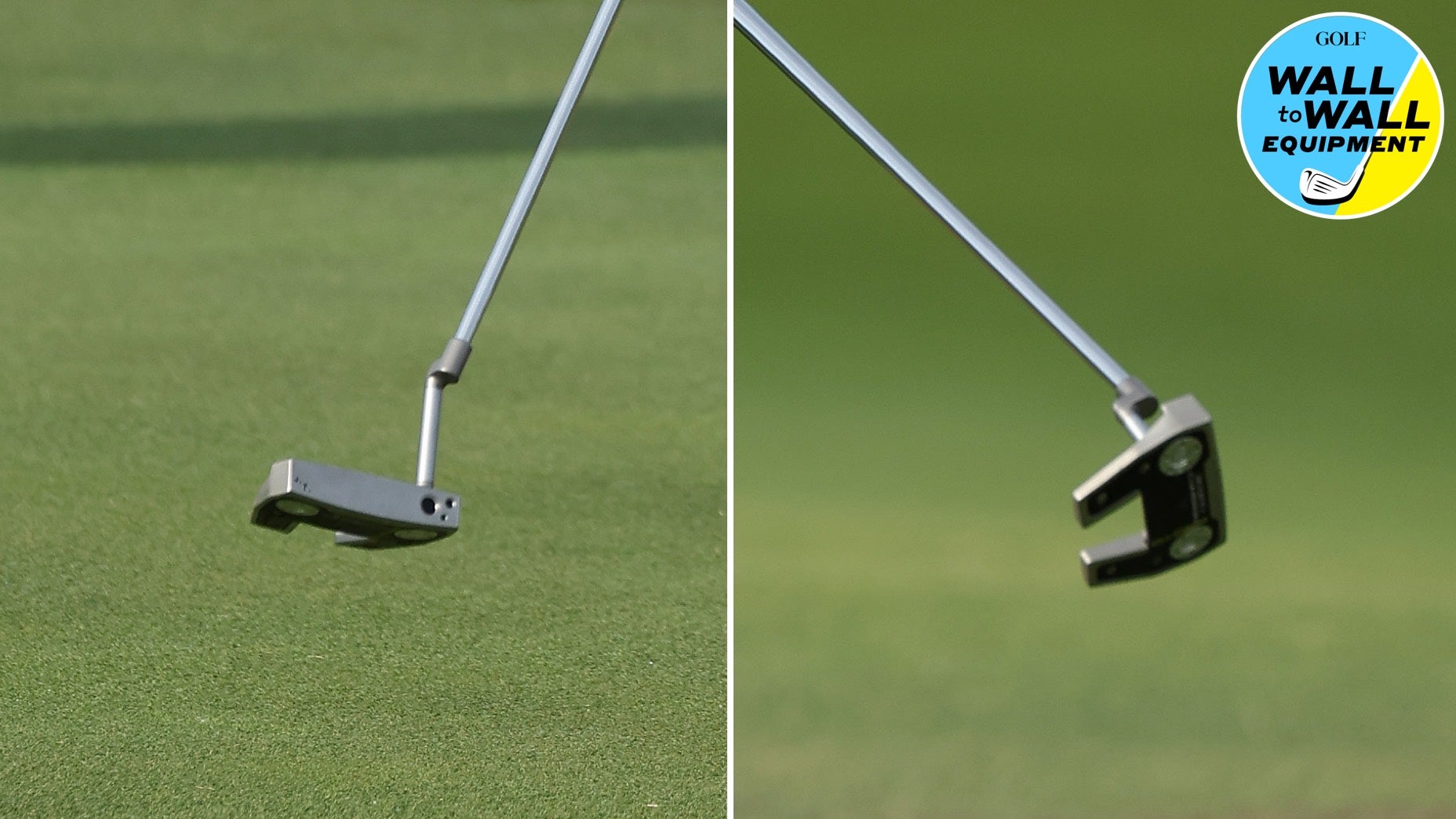
Thomas debuted a new Scotty Cameron mallet in Texas.
Getty Images
Welcome to Wall-to-Wall Equipment, the Monday morning gear wrap-up in which GOLF equipment editor Jonathan Wall takes you through the latest trends, rumors and breaking news.
Putter power
Ranked inside the top-30 in five Strokes Gained categories on Tour, Justin Thomas has been the picture of consistency this season. He’s a perfect 12-for-12 in cuts made and has only finished outside the top-25 on three separate occasions — and one was a non-stroke play event (Dell Technologies Match Play).
Looking strictly at the numbers, Thomas should have at least a win or two this season. But he’s still stuck on zero. The one thing holding him back? A balky putter. Prior to the AT&T Byron Nelson, Thomas was ranked just inside the top-90 in SG: Putting and couldn’t seem to get on track, which prompted him to make a change ahead of the PGA Championship.
With a month to work on the putter at home, Thomas dug into his equipment closet and unearthed a Scotty Cameron that looked identical to one he tried last year during the Open Championship: a T5 with a custom “knuckle” neck. The neck was a significant change from the small slant neck on Thomas’ old gamer and more closely resembled what’s currently on a Newport 2 — Thomas’ putter of choice until several years ago.
The custom knuckle neck — which typically takes roughly a day to weld the neck, cut the shaft and sandblast the knuckle — offers slightly less toe hang than Thomas’ previous putter, making it a best of both worlds option for the former major winner.
Thomas wound up going back to his Futura X5.5 gamer shortly after the Open Championship but offered feedback on the sound that Cameron used to create an updated version for Thomas that went into play for the first time at TPC Craig Ranch.
“The one he’s using is similar to the one he put in the bag at the British Open last year,” Scotty Cameron Tour rep Drew Page told GOLF.com. “The only difference is there’s a plate in the back that was added to change sound. He wanted it to be a little bit closer to his old gamer. He told us the sound was a little hollow compared to his previous gamer, which had more of a tingy sound at impact. Little bit louder.”
To correct the issue, Cameron added an aluminum plate behind the back cavity — where the “cherry bombs” are usually located — to replicate the sound of Thomas’ gamer.
Besides the addition of the aluminum plate, Page said the other big change for Thomas was going away from the small slant and back into a neck that helped with his face closure rate.
“The putter helps his stroke a little more and gives him some stability. He’s able to see his start lines better, which is really important to him. It’s given him some added confidence. The neck helps with the open and closure rate — and he’s seeing that through the video work he’s done.”
Page confirmed the head material and alignment aid setup is identical to Thomas’ old gamer. The one thing that’s helped Thomas get comfortable with the putter is simply time at home on the practice green.
“For him, it’s just getting comfortable over [the new putter] in pressure situations,” Page said. “Those little putts you’re used to with your gamer that you’d rarely ever change. It’s just getting comfortable with that, and that’s what he’s had time to do.”
The time at home paid off immediately for Thomas, who finished T5 and ranked 20th in SG: Putting — a welcome sight for someone who’s expected to contend this week at Southern Hills.
Good to go

The putters found on the practice putting green at PGA Tour events are commonly referred to as “demo putters.” The different head shapes and alignment options give pros the opportunity to see what works.
Considering what’s at stake each week on Tour, you’d expect a pro would test a demo and then have it built to his specs. Only it’s the exact opposite for many of the best players on the planet.
“On the Tour side, they are just looking for something that works that week,” Ping Tour rep Dylan Goodwin told GOLF.com. “They’ll usually just slap their grip on it and go. We believe in fitting the putter to the player, but once a pro sees something they like on the practice green, it’s going straight in the bag.”
In Sebastian Munoz’s case, he shot 60 and finished T3 at the AT&T Byron Nelson with a Ping PLD Anser Milled that was straight from the Ping staff bag, minus a new grip (more on that in a moment).
According to Goodwin, Munoz had been locked into a 2021 Cushin 4 with an alignment line but felt as if he was becoming too reliant on the line at address, which prompted him to seek out a potential change at the RBC Heritage.
“He told me he wanted to get back to feeling the line of the actual putt itself and getting more married to the speed,” Goodwin said.
Goodwin walked Munoz through Ping’s lineup and offered up a few options that didn’t feature an alignment aid, including a PLD Anser Milled that came stock without a line.
“It was just one of my standard demo putters,” Goodwin said. “It’s 35 inches, 20 [degree lie angle] and 3 [degrees of loft]. I asked him if he wanted to adjust the specs and he told me he actually wanted to keep it as-is. The feedback he gave me was he felt like he had a lot of control over the putter face, and without having any lines, it freed him up to roll it and not get too caught up in the pre-shot routine, essentially.
The only change Munoz made to the putter was the addition of a Ping prototype grip.
“It’s essentially a larger version of the PP58,” Goodwin said. “I was just looking for feedback on the grip, but he liked it so much, that he decided to have it added to the putter.”
Munoz finished T11 in SG: Putting (plus-4.074) with the relatively new wand.
End of the road
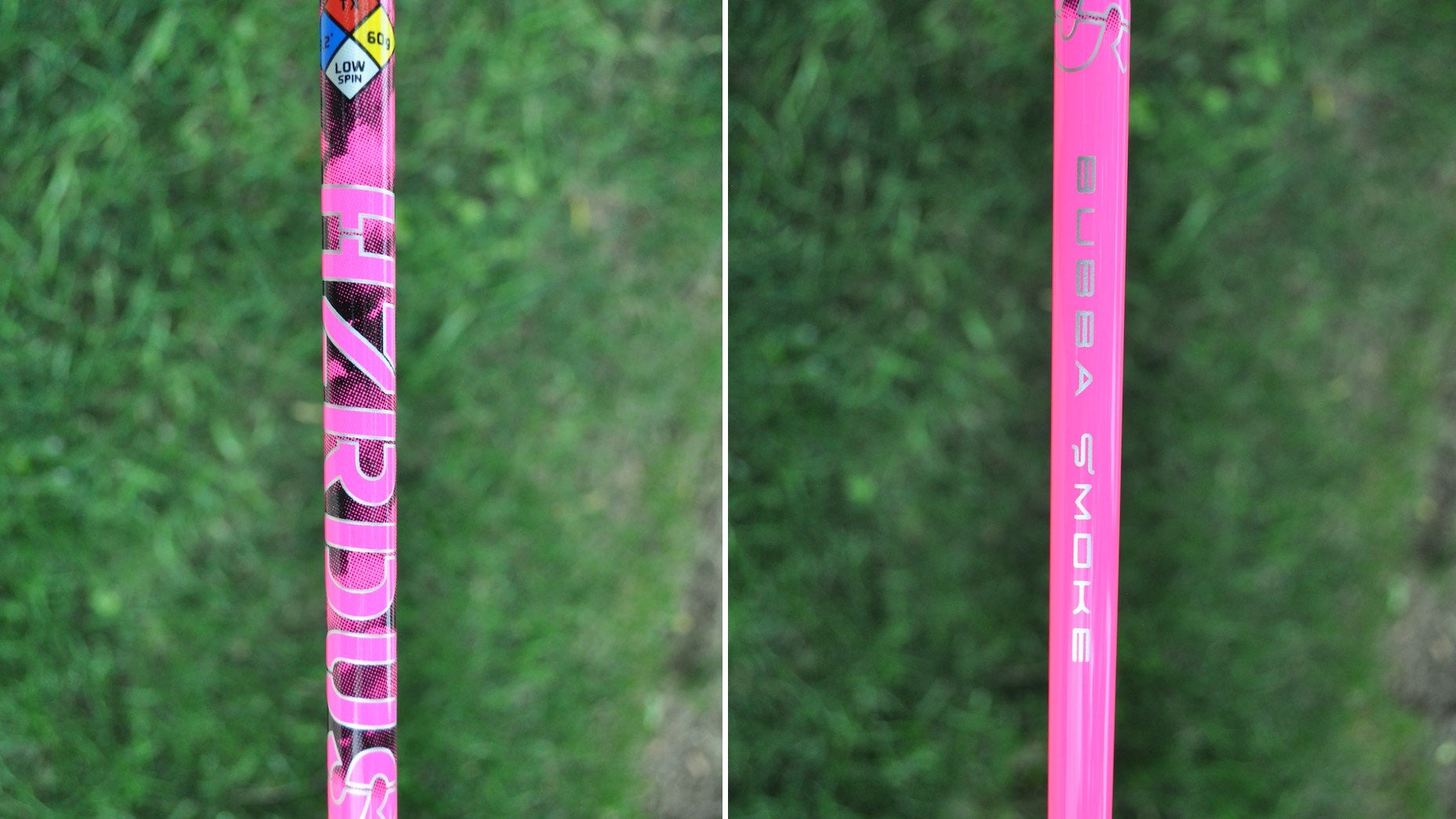
In a sport where players change equipment to stay ahead of the gear curve (and their peers), Bubba Watson has remained steadfastly loyal to a multi-material Grafalloy BiMatrix driver shaft that True Temper first introduced in the late 1990s. Deemed a modern marvel at the time it was introduced, the shaft featured a steel tip section attached to a lightweight graphite body.
Geared for those with immense swing speed who required a stable part to pair with their driver head, BiMatrix still produced a high trajectory, making it a worthy option for modern low spin golf balls.
Watson found the shaft to be the perfect complement for every Ping driver he used, dating back to before he turned pro in 2002. Despite the hefty weight (80 grams), Watson had no problem leading the Tour in driving distance on five separate occasions, including three straight years from 2006 to 2008.
Up until last week, Watson was playing the oldest driver shaft on Tour. But like all good things, there comes a point where even the longest hitters on Tour have to question if a piece of gear that helped them reach the pinnacle of professional golf is now holding them back. It’s a reminder that Father Time is still undefeated.
In Watson’s case, a decrease in speed was the impetus behind a driver shaft change last week at the AT&T Byron Nelson. At 43, Watson felt a move away from an 80-gram shaft into something lighter could help him gain back some of the speed he’d lost in the last year.
Watson requested several shafts to test at home, including a Project X HZRDUS Smoke RDX Black 60TX shaft that received a special shoutout on his social media feed. At 60 grams in weight, the HZRDUS Smoke RDX is a full 20 grams lighter than BiMatrix but still provided the necessary stability Watson requires to work the ball in his optimal launch windows.
(Click here to read the full story.)
Spy pics
Xander Schauffele debuted a yet-to-be-released 52-degree Callaway Jaws “Raw” wedge that should get gearheads excited. Unlike the previous version of Jaws Raw which was designed to rust all over, this Tour version appears to have a chrome body and raw face.
Callaway reps refrained from commenting on the wedge, but the addition of a plated finish would likely deter the head from rusting while producing a similar feel to the previous Jaws Raw.
In addition to Schauffele, Marc Leishman was also spotted using the same Tour-only Jaws Prototype wedges.
Another shot
Kevin Kisner gave Callaway’s Rogue ST driver a shot at the beginning of the year before going back to a Great Big Bertha. Some additional testing allowed Kisner to get back into a Rogue ST Triple Diamond LS at the Byron Nelson that matched up with the spin rate he was hoping to see.
“He was just looking for a couple hundred more RPMs of spin,” said Callaway PGA Tour manager Jacob Davidson. “It’s a 9-degree head that does the trick. We made a couple of tweaks and it should be good to go.”
Quick-hitters: Dustin Johnson returned to Fujikura’s Speeder 661X shaft in his TaylorMade Stealth Plus driver. … Henrik Stenson’s Callaway Diablo Octane Tour 3-wood was in the bag last week. … Sam Horsfield notched the first Tour victory for Bettinardi’s Inovai 8.0 putter. … K.H. Lee’s win at the AT&T Byron Nelson was the first for True Temper’s Dynamic Gold Tour Issue Mid iron shaft.
Want to overhaul your bag for 2022? Find a fitting location near you at GOLF’s affiliate company True Spec Golf. For more on the latest gear news and information, check out our latest Fully Equipped podcast below.





